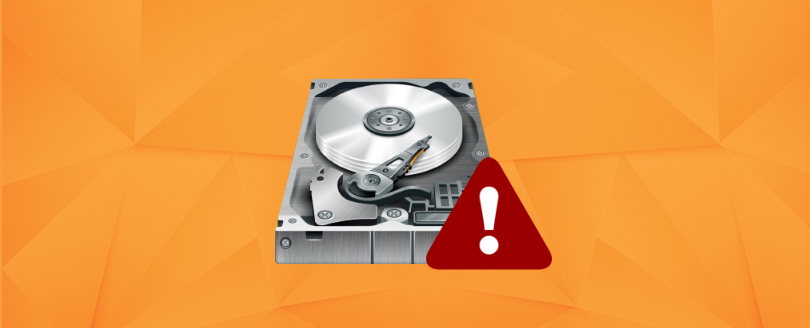Read time: 3 minutes
CHKDSK abbreviated for Checkdisk is a useful command in computers running DOS/OS2 and Windows (XP). It helps to check integrity of hard drives and floppy disk with fixing logical errors and physical errors; bad blocks, bad sectors, lost clusters, cross-linked files, and directory errors. The command helps to handle such errors and recovers data which is still in readable format.
System crashes or freezes, power glitches, incorrectly turning off a computer are some of the reasons for corruption in the file or folder structure. Running Windows XP Chkdsk helps you out in repairing hard drive errors. It depicts the general health of your PC.
One can run chkdsk for checking any irregularity in the system or any threat cropping up. Chkdsk serves an early warning, pointing that hard drive is deteriorating. To repair hard drive errors, considering Windows XP chkdsk is recommended.
It’s a good habit running chkdsk in Windows XP, so that you can backup yourself for the corruption in advance. It must be used to check the hard drive and system files for errors. Many times your computer system becomes less responsive, slow or sometimes even freezes. You also start getting the pop up message asking END TASK for programs but even in that situation it doesn’t shut down. But nothing to worry provided you run Windows XP chkdsk.
Chkdsk can be run as a command-line application or it can be run with a graphical user interface. You can run it accordingly. Let’s see how to run it:
Steps to run chkdisk command in Windows XP:
- Right-click My Computer
- Select Explore
- Right-click the hard drive / disk you want to check and then select Properties
- In the properties dialog, click the tab Tools
- Then click check now
- The checking disk dialog appears, check both options and click Start.
The option “Automatically fix file system errors” should be chosen for routine checks. If serious disk problems are suspected, the option “Scan and attempt recovery of bad sectors” should also be checked.
- A message appears saying that chkdsk wants exclusive access to the disk and therefore wants to begin first thing after you restart your computer.
- Go ahead and click Accept, then OK.
- Now restart your computer.
This way Windows XP chkdsk helps in detecting and repairing hard drive errors.
But what to do, if corruption strikes early? Are you prepared with your backups? Are you ready to face the data loss situations? Be ready for the worst when no backups exist. Always have a Windows data recovery solution to recover data from inaccessible FAT and NTFS drives. Try out the free demo version of Kernel for FAT and NTFS and keep it safe for the situations of data recovery.
Conclusion
The CHKDSK scan has a limited application for removing the deep scan from computer. When any file is deleted, then the scan will not recover it. Also, if you have not taken an earlier backup, then any manual scan will not bring the desired result. You should use Kernel Windows Data Recovery software that will check the whole integrity and recover the corrupt and deleted items. It can check complete NTFS and FAT based drives. After the recovery, you can save the items safely at the desired location.
